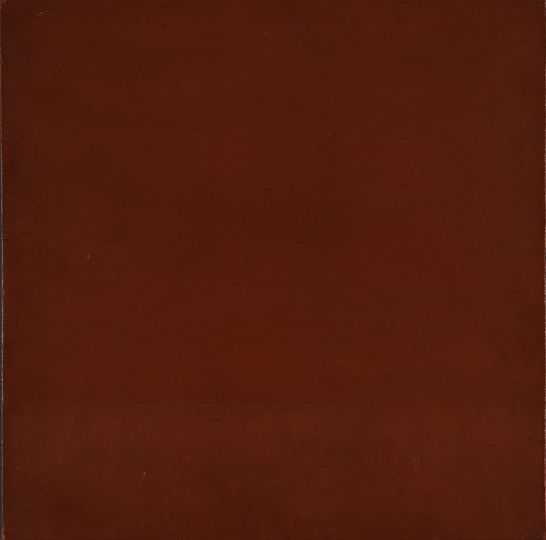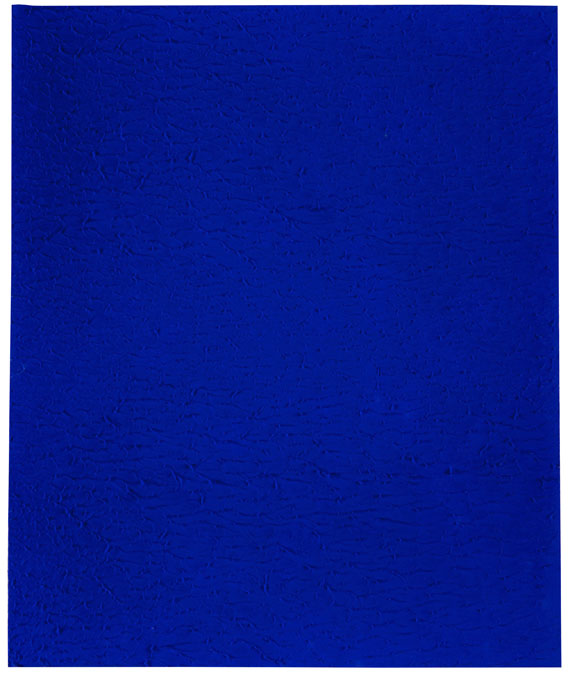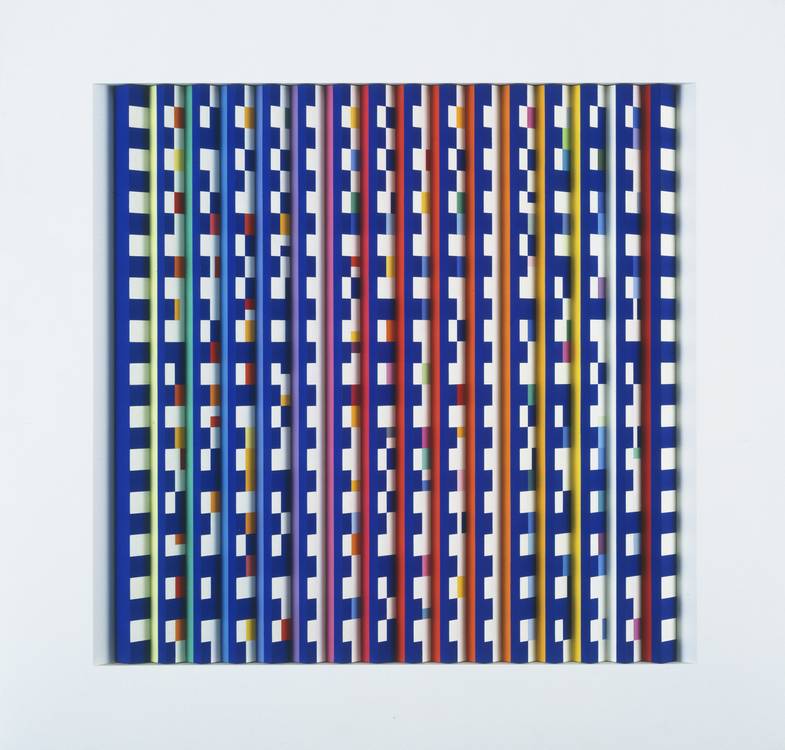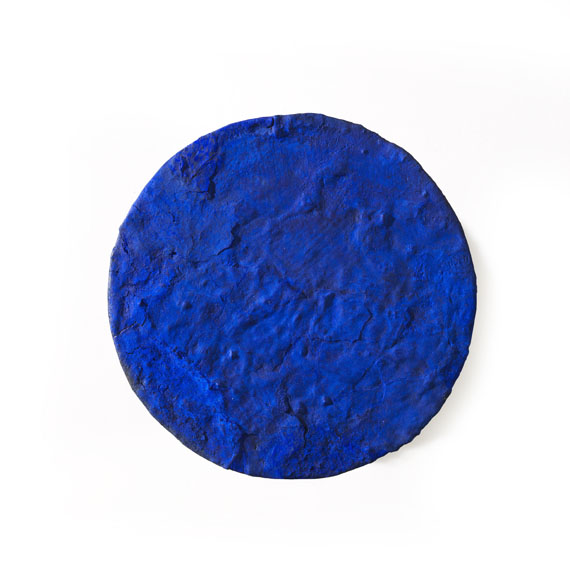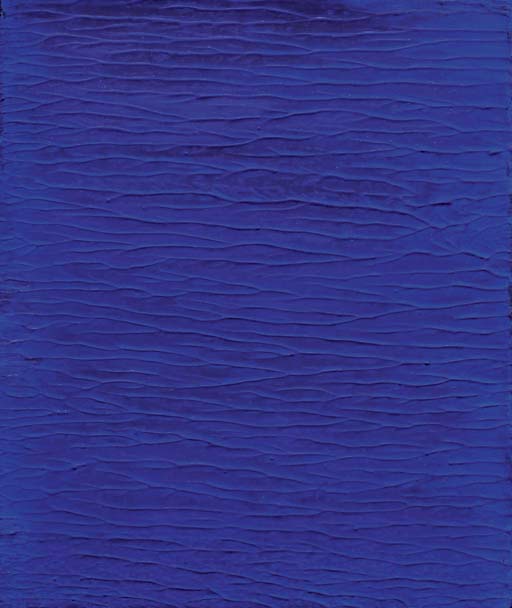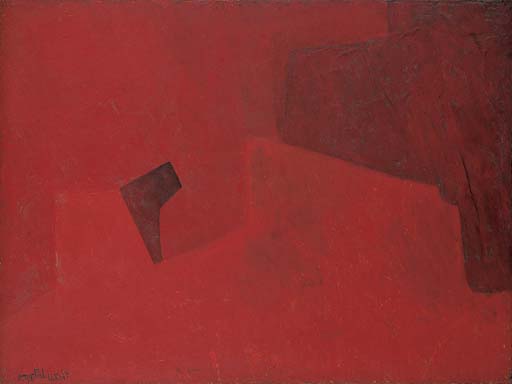图片文件尺寸 : 4005 x 4142px
Yves KLEIN:VITESSE PURE ET STABILITE MONOCHROME, 1958
Carton d\'invitation à la Galerie Iris Clert pour le vernissage de l\'exposition \"Vitesse pure et stabilité monochrome\", le 17 novembre 1958
Le recto est peint d\'un monochrome bleu, le verso des détails de l\'exposition
Diamètre: 9 cm
伊夫·克莱因 纯速度和单色稳定,1958年


